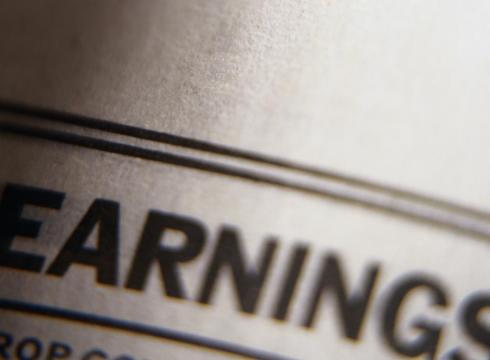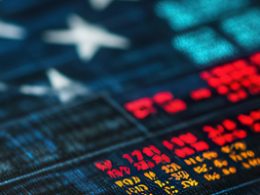In a stunning escalation of trade tensions, the Trump administration has announced sweeping tariffs covering 44% of total U.S. imports, a move that Deutsche Bank strategist George Saravelos describes as “the largest shock in global trade policy since the collapse of Bretton Woods.”1 With implementation set to begin in mere days, the scale and speed of these measures have sent shockwaves through financial markets and global economies alike.
A Historic Trade Shock
Saravelos sees these tariffs as “at the most hawkish end of the protectionist spectrum we could have envisaged.” Unlike previous rounds of trade restrictions, this latest salvo covers all goods, including small parcel shipments that were previously exempt. Most strikingly, energy imports from Canada—long assumed to be insulated from such policies—are now within scope, albeit at a reduced 10% rate. This, he argues, debunks any notion that cost-of-living concerns would act as a brake on protectionist ambitions.
“The macroeconomic implications of such tariffs are likely to be wide-ranging and materially disruptive, especially outside of the U.S.,” Saravelos warns. For key trading partners like Canada and Mexico, the economic fallout could be comparable in magnitude to Brexit’s impact on the UK, with Saravelos predicting imminent recessions in both countries if the measures are sustained.
Repricing Trade War Risk
According to Saravelos, markets have been “severely underpricing” the risk of a renewed trade war. Prior to the announcement, he estimates that traders were pricing in the equivalent of a 5% universal tariff, which would have added a modest 30 basis points to U.S. inflation expectations. The actual package, however, is roughly three times larger, implying a full 1% increase in headline inflation.
“These tariffs are roughly five times as large as the cumulative sum of trade actions taken under the first Trump administration,” Saravelos notes. Given the scale of the shock, the market is now in the process of “structurally and significantly” repricing trade war risk premiums.
Market and Policy Reactions
As the markets react, Saravelos outlines three key areas to watch. First is the magnitude of the initial market response and whether it prompts a shift in the administration’s stance. While Trump has been publicly dismissive of concerns—stating on social media that the market is “overreacting”—Saravelos warns that traders have long assumed a “Trump put” would cushion any severe downside moves in equities.
His analysis suggests that USD/CAD could spike as high as 1.50 (+3%), with an even larger reaction in USD/MXN due to the lack of adequately priced-in risk. China’s markets, currently closed for Lunar New Year, add further complexity, as the absence of an official U.S.-CNY fixing could push offshore yuan trading to new highs above 7.36.
Second, Saravelos highlights the potential for legal challenges. He notes that “the use of National Emergency powers has not been tested in this way before,” making the outcome of court injunctions highly uncertain. Even if the courts block the tariffs, Trump retains multiple executive avenues to impose them through other legal mechanisms.
Finally, he points to the likelihood of international retaliation. Canada has already unveiled reciprocal 25% tariffs on $155 billion of U.S. goods. Prime Minister Trudeau, notably, confirmed that he has not spoken with Trump since Inauguration Day, suggesting that diplomatic channels remain frozen. China and Mexico have also threatened countermeasures, but their exact responses remain unclear.
“The longer time goes by without signs of constructive engagement, the longer these tariffs are likely to be assumed to be permanent,” Saravelos warns.
Long-Term Implications
While Saravelos hesitates to assume the tariffs will remain in place indefinitely, he emphasizes that “we have long been arguing that the market has been severely under-estimating revenue-raising considerations.” In other words, the administration may see tariffs as a tool to bolster fiscal revenue ahead of key budget negotiations.
Regardless of how events unfold in the coming weeks, one conclusion is clear: “The most long-lasting impact is likely to be a structurally more elevated tariff risk premium in coming months, impacting all of America’s trading partners.”
As investors brace for the fallout, Saravelos’ analysis underscores the profound uncertainty now gripping global markets. Whether this move is an opening gambit for negotiations or the start of a protracted economic conflict remains to be seen—but the stakes, as he warns, are undeniably high.
1 George Saravelos, Deutsche Bank. "A huge shock - first thoughts on the tariff announcements"













